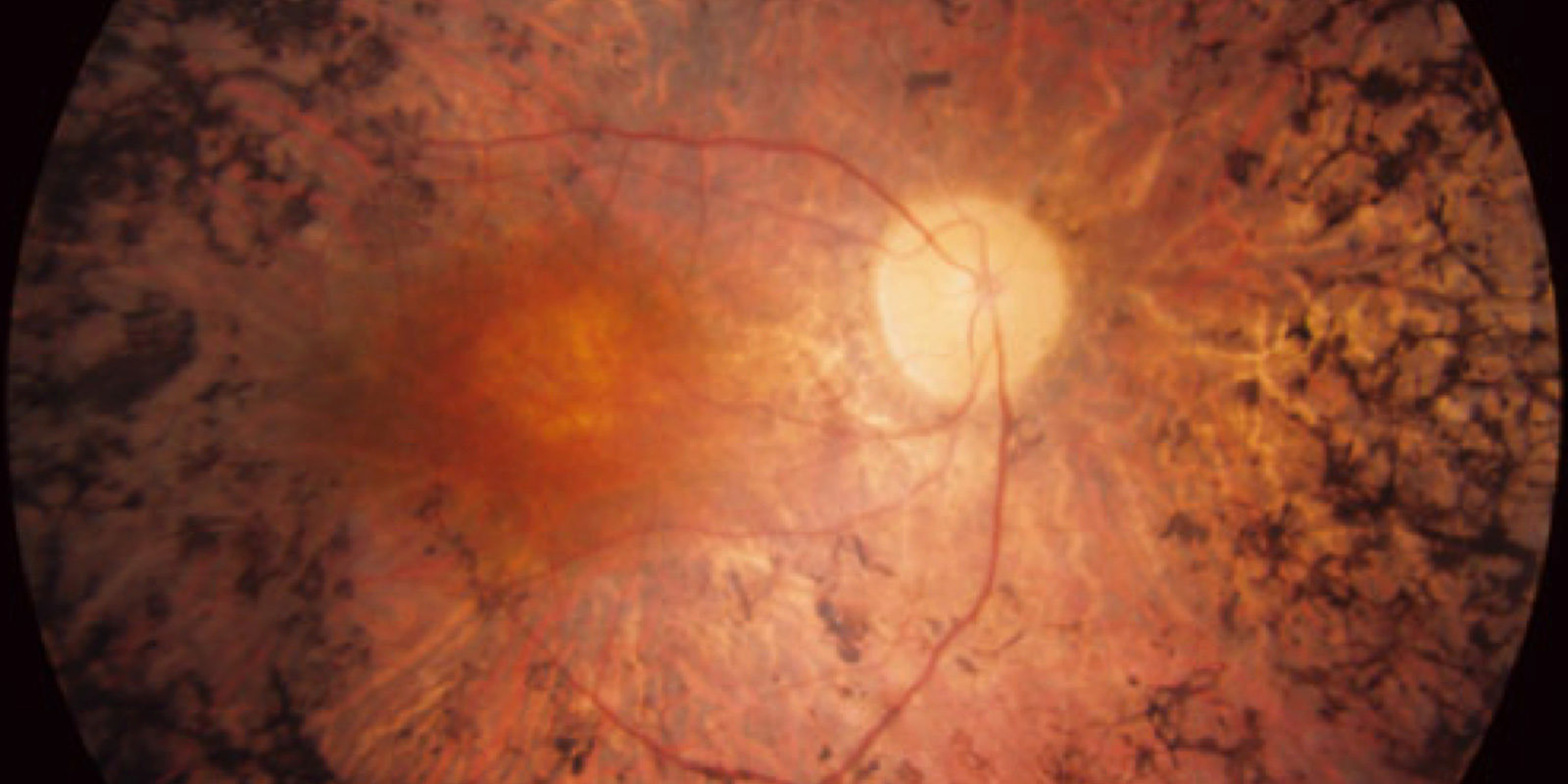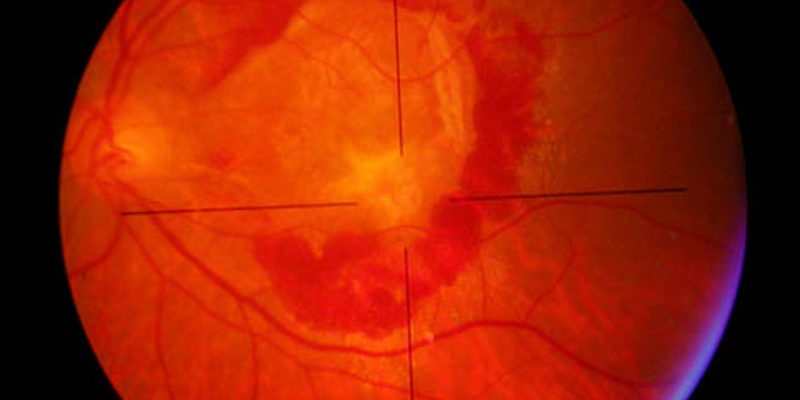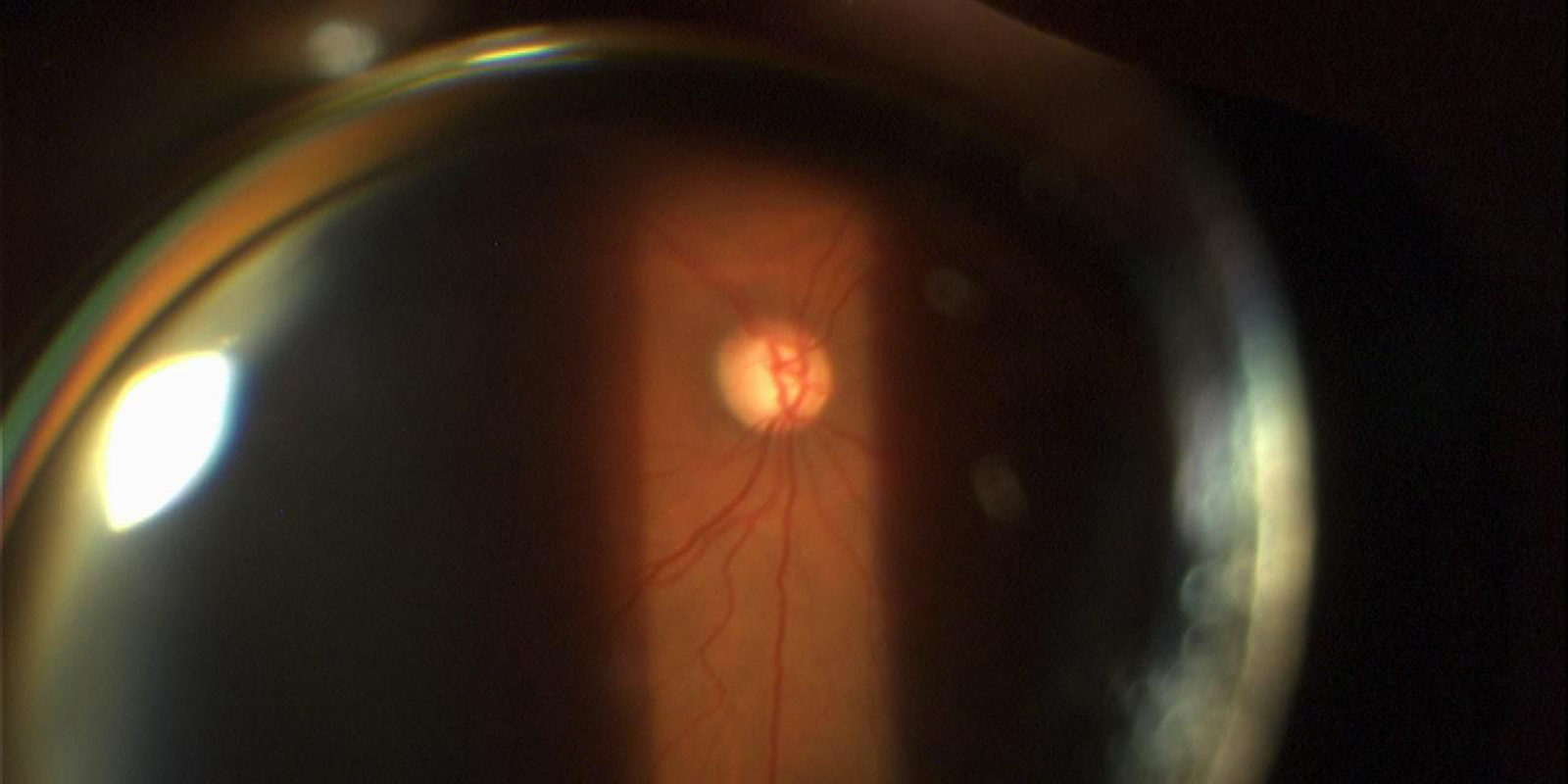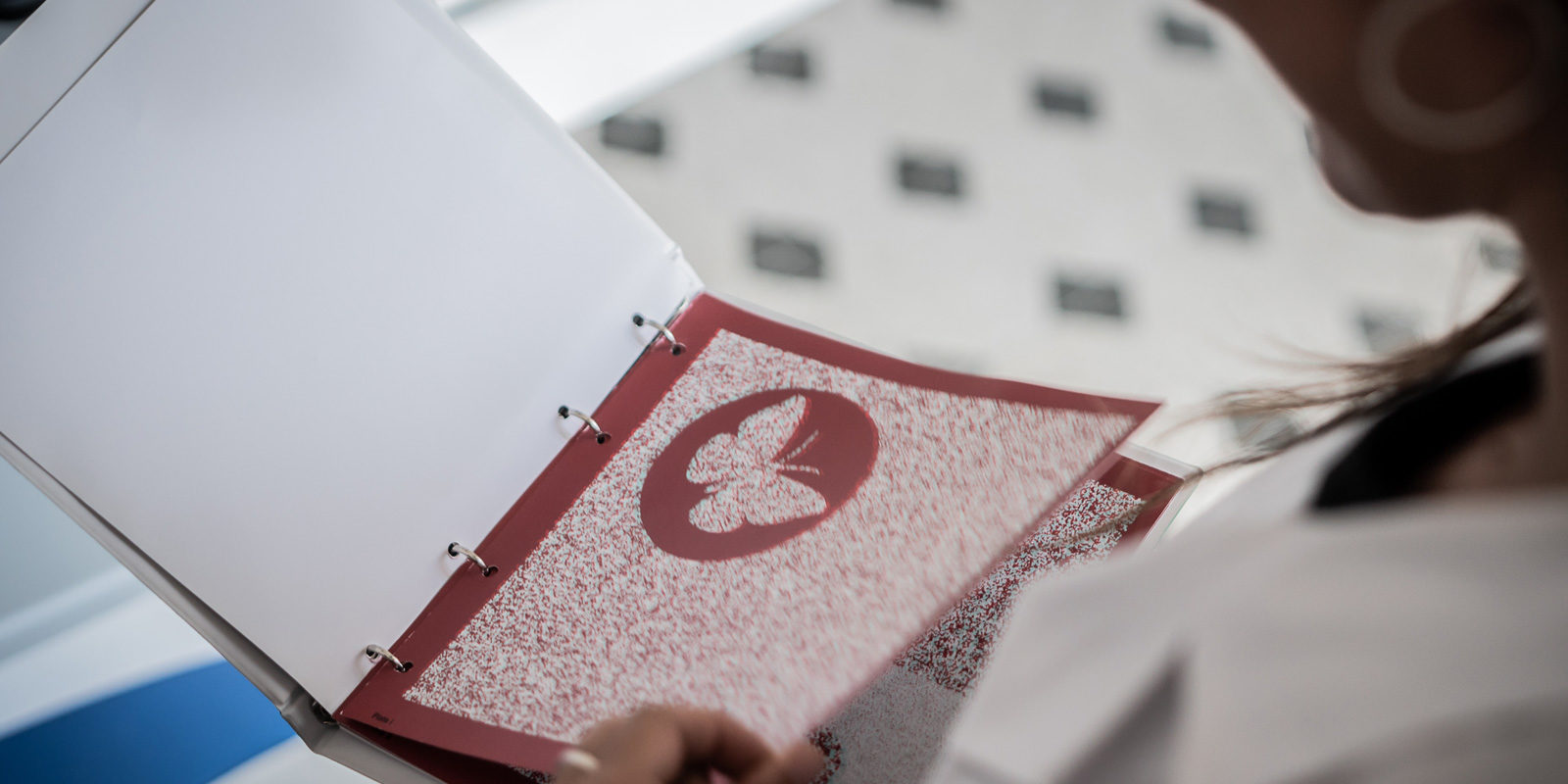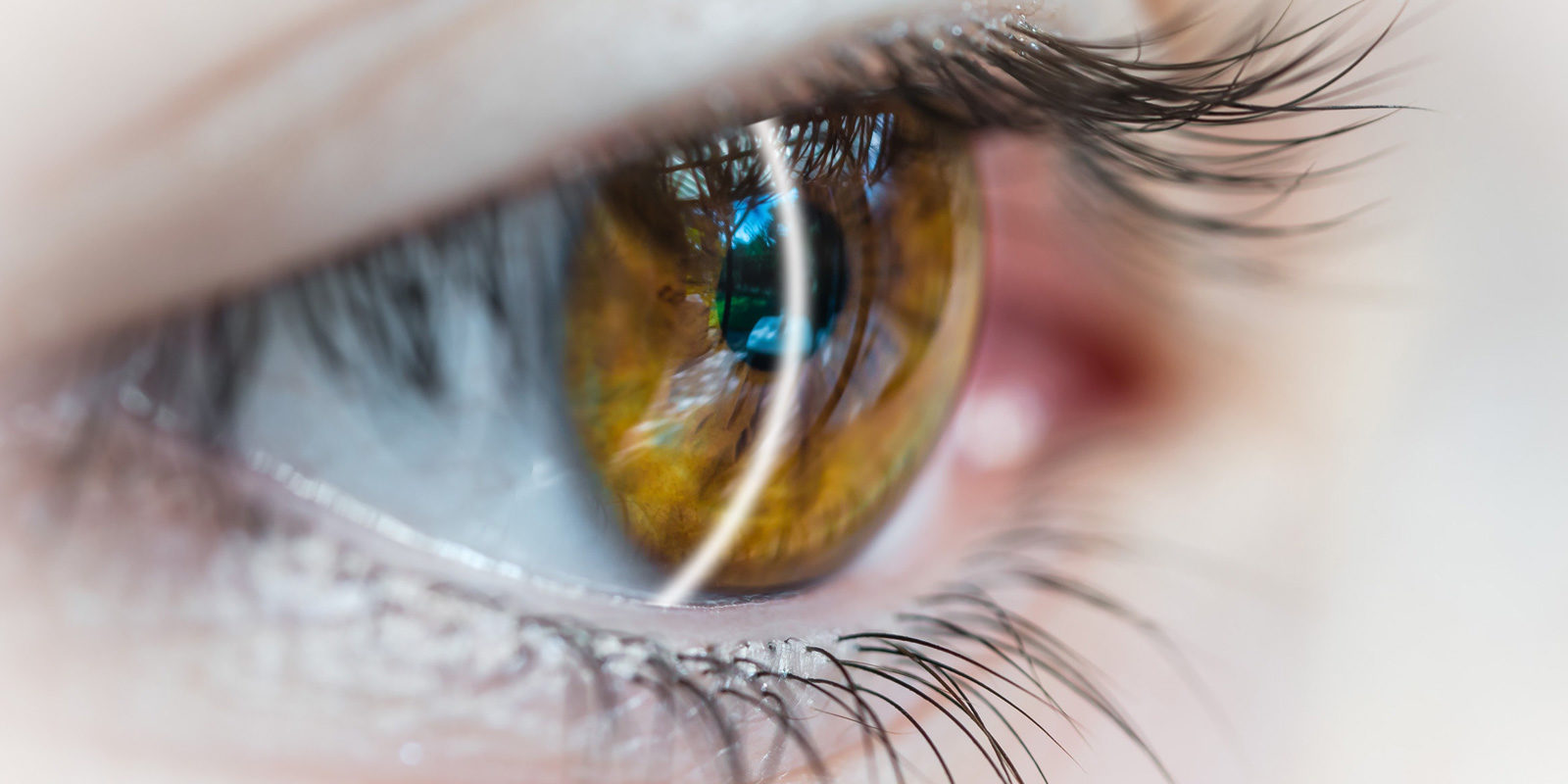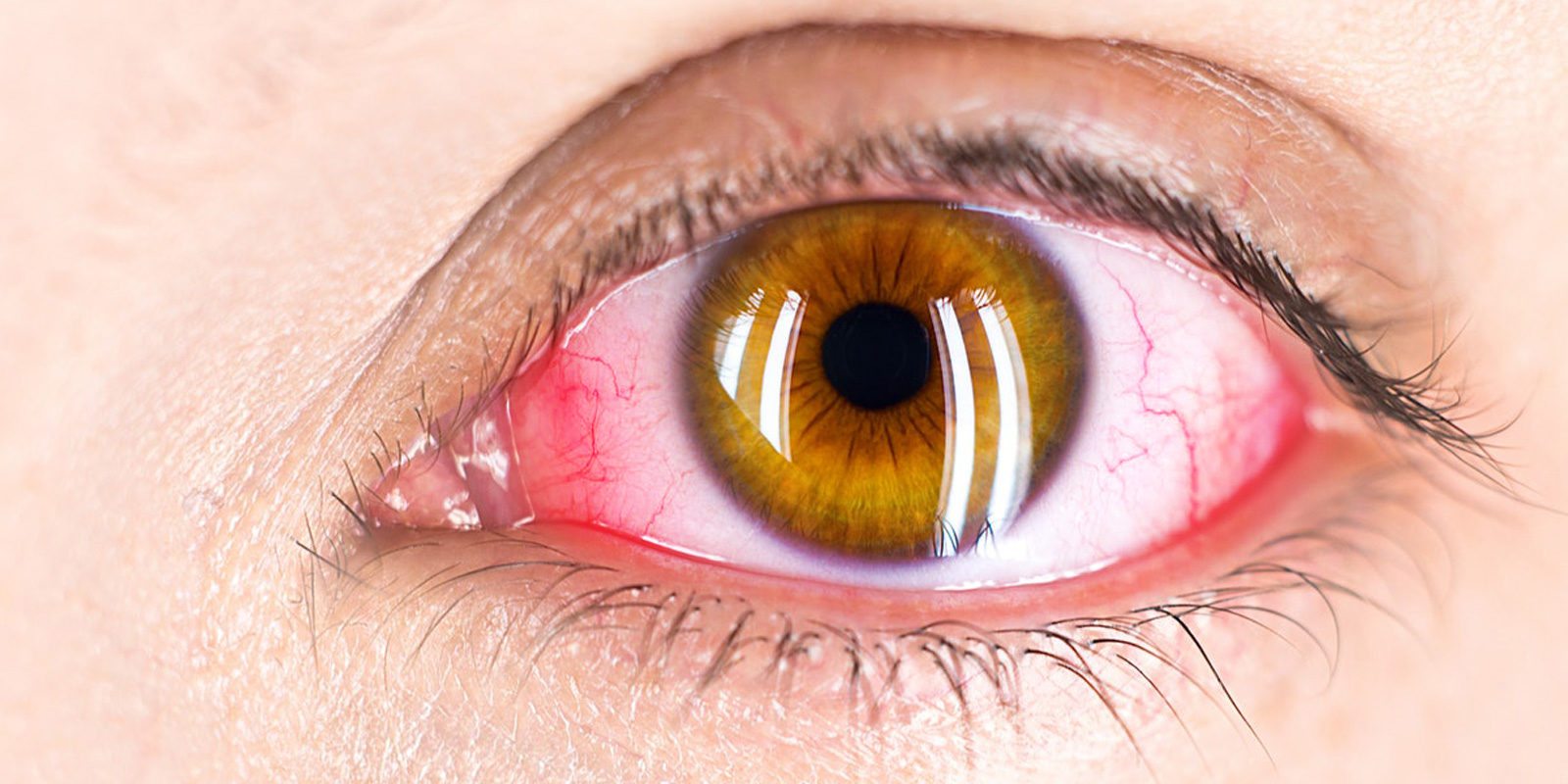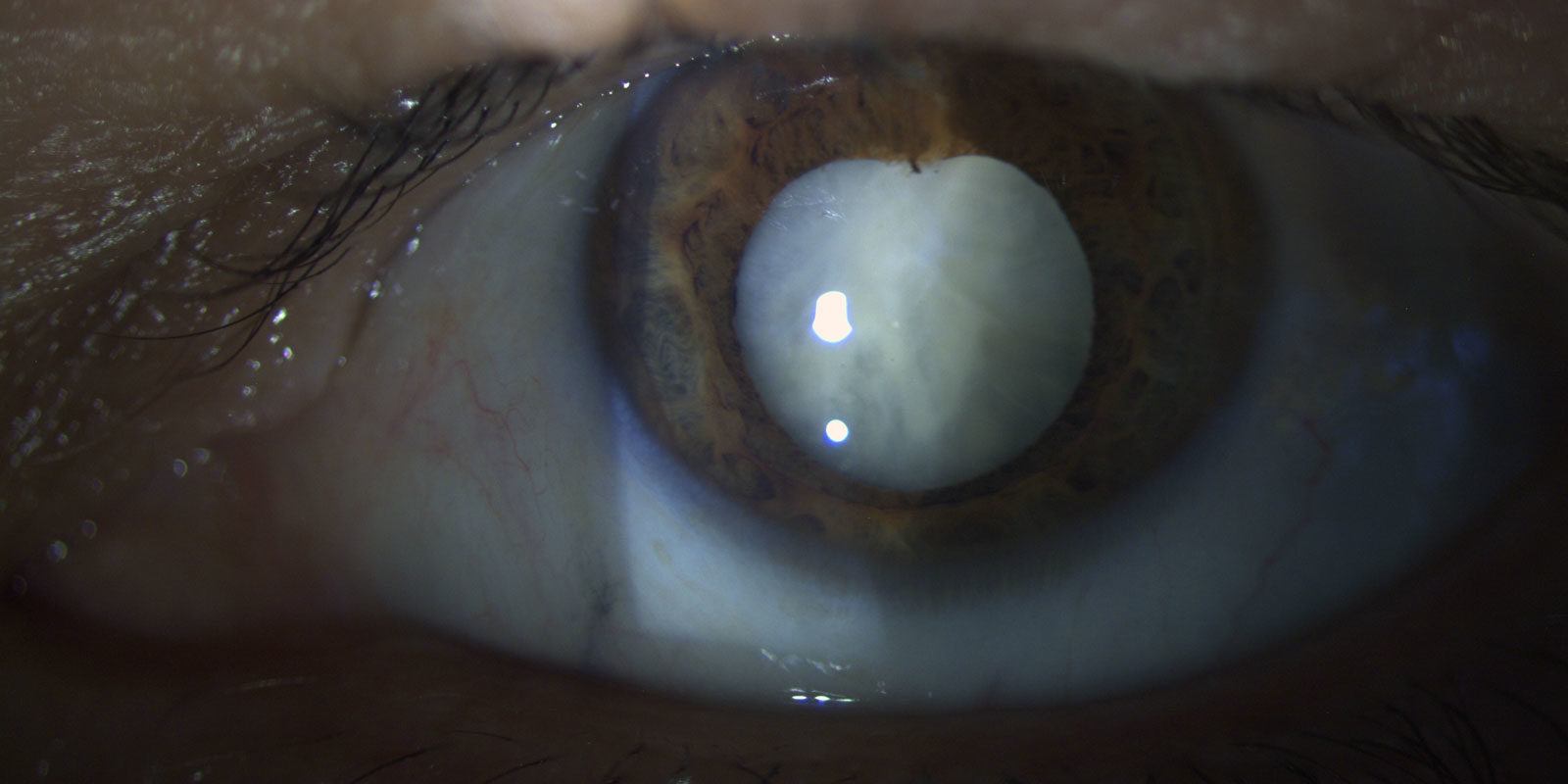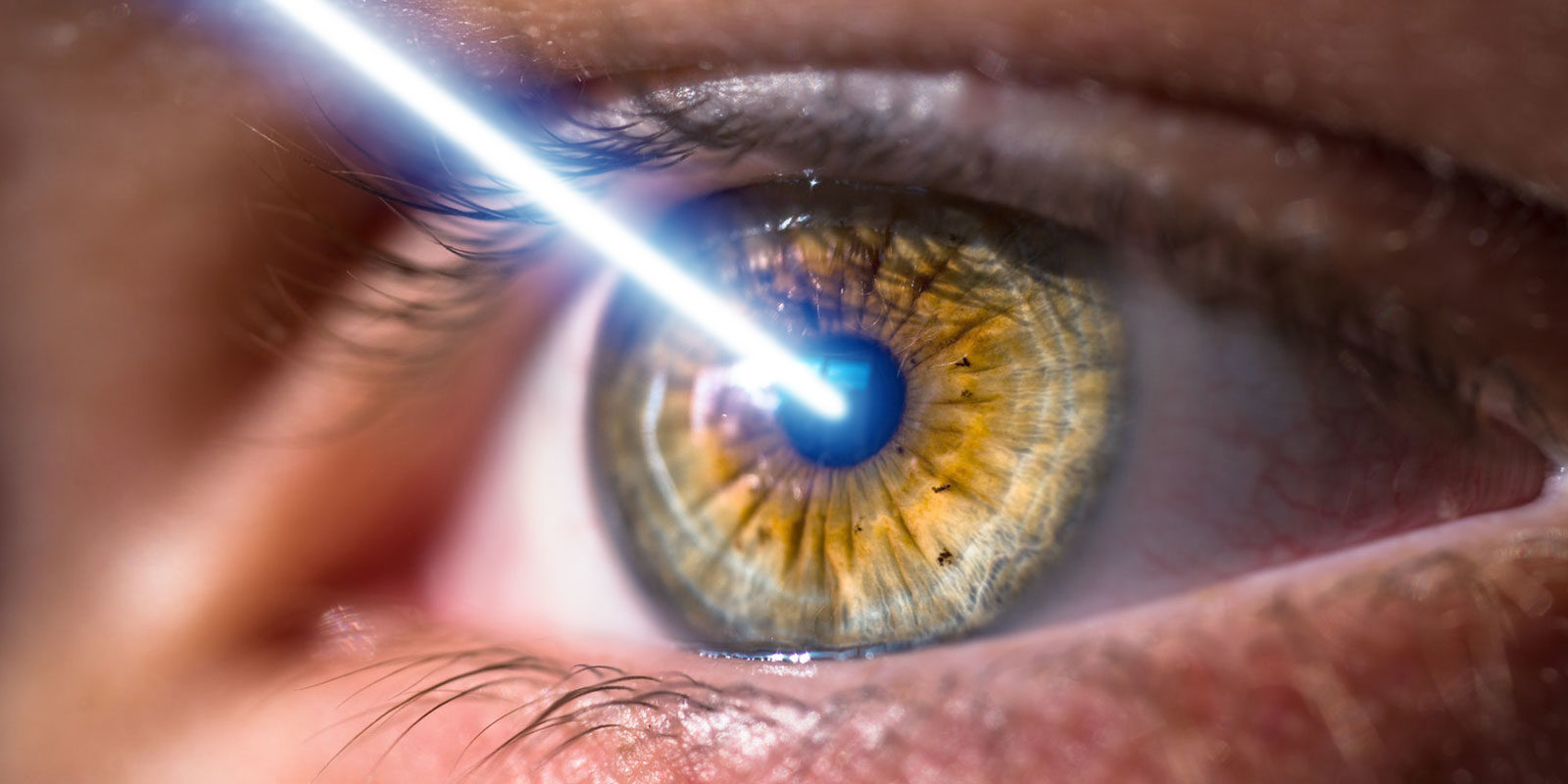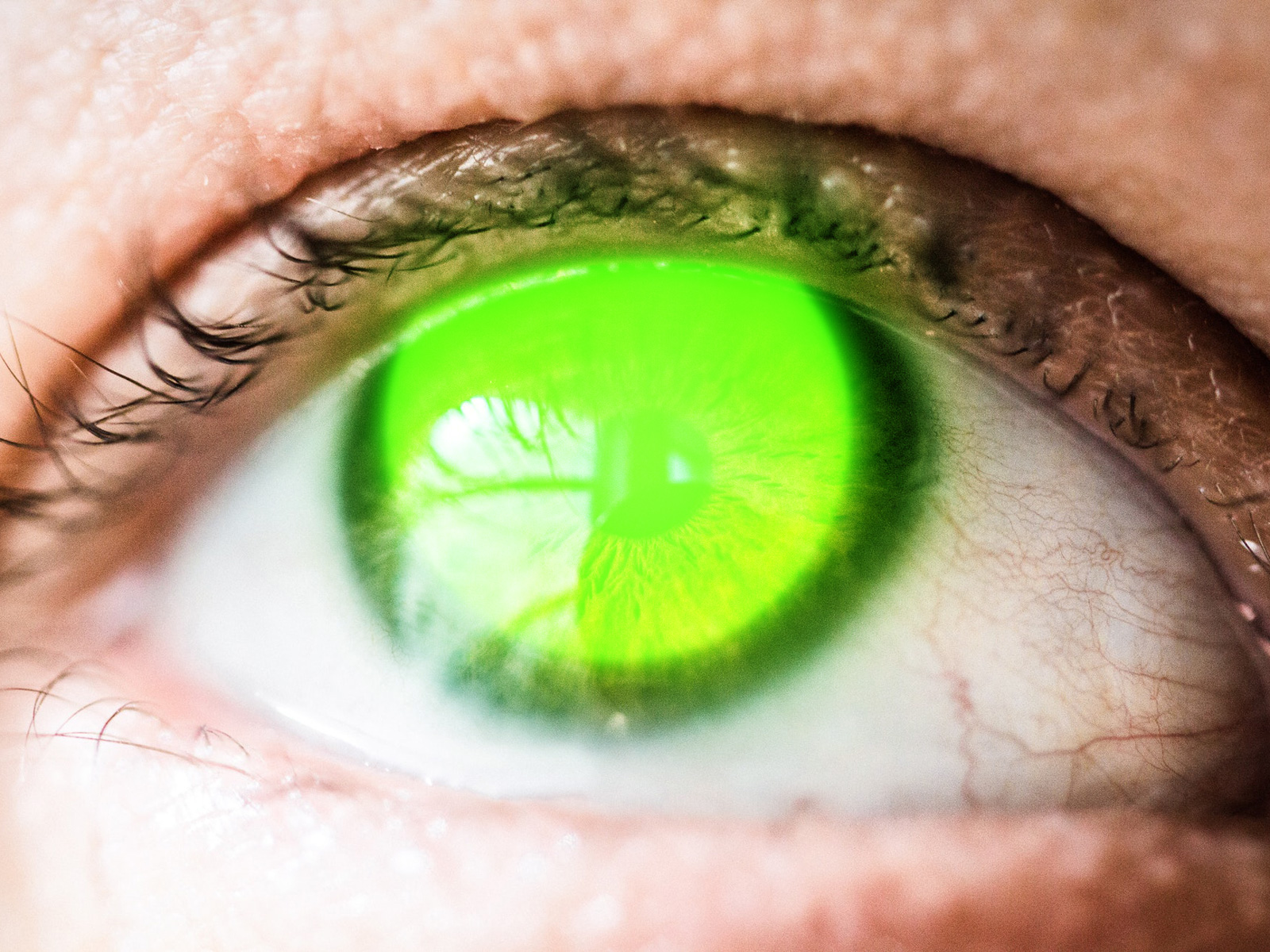
Keratoconus and corneal cross-linking
Dr. Marco Lombardo and his staff offer professional medical advice, diagnosis and treatment of keratoconus.
Dr. Marco Lombardo has been working to develop new corneal cross-linking treatments for keratoconus, such as iontophoresis, for years.
Dr. Marco Lombardo is the founder of Vision Engineering Italy, the innovative firm that is developing the first UV-A medical device for personalized keratoconus care.
Keratoconus
Keratoconus is a degenerative disease of the cornea, which is characterized by progressive tissue thinning and bulging. The clinical onset, usually bilateral, occurs at a young age between 10 and 20 years old. The first symptom is vision blur. Photophobia, glare and eye redness and itchiness may be often present.
Diagnosis of keratoconus is performed by full examination of the eye with corneal topography and corneal pachymetry.
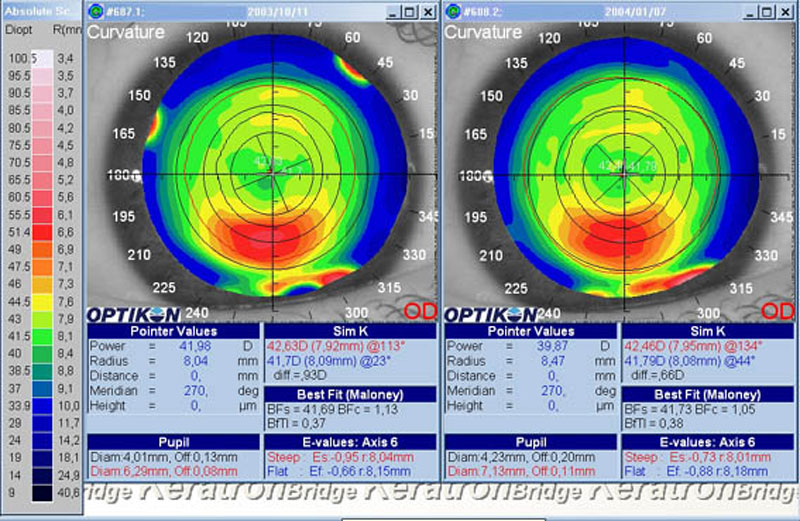
Corneal topography of keratoconus. Areas with warmer colors (red) indicate a greater curvature of the corneal surface and correspond to the “base” of the corneal protrusion cone.
Keratoconus treatment
In the initial stages, the treatment of keratoconus makes use of eyeglasses or contact lenses, which however do not slow down disease progression. In cases of progressive keratoconus, the first treatment choice is corneal cross-linking. The most recent transepithelial iontophoresis-assisted corneal cross-linking technique is showing to improve vision in many cases.The most advanced stages of keratoconus requires for a corneal transplantation.
Corneal cross-linking
A valid therapeutic option for halting the progression of keratoconus is offered by corneal cross-linking. The aim of cross-linking is the stiffening of the cornea. Corneal cross-linking consists in instilling drops of riboflavin (vitamin B2) onto the cornea (with or without intact epithelium) and then irradiating the corneal tissue with a ultraviolet light (UV-A) lamp. Treatment is painless and is performed under topical anesthesia; the time duration is variable depending on the technique used by surgeon.
The traditional cross-linking technique requires epithelial removal and has a total duration of about one hour. At the end of the intervention a contact lens, which is removed after a few days, is applied to the cornea. Long-term studies demonstrated efficacy and safety of corneal cross-linking; on average, a significant flattening of the cone apex of about 1 or 2 dioptres is found.
Transepithelial corneal cross-linking with iontophoresis
The new corneal cross-linking techniques does not require for epithelial removal. Corneal iontophoresis is a drug-delivery method that allows the administration of riboflavin in just five minutes and without removing the epithelium. UV-A irradiation of the cornea takes less than 10 minutes.
Dr. Marco Lombardo is one of the developers of the corneal cross-linking technique with iontophoresis.
Who can perform corneal cross-linking?
Indication for corneal cross-linking is progressive keratoconus.
Is corneal cross-linking dangerous?
Corneal cross-linking is a safe treatment if the patient is selected correctly and if the treatment is performed by expert surgeons.
What does happen after corneal cross-linking?
In the first days after the operation, it may be usual to have blurred vision and to feel ocular discomfort. These symptoms are especially true after the traditional corneal cross-linking technique.
It usually takes a few months to establish treatment efficacy. For this reason, patients must comply with therapy and follow-up visits according to the doctor’s schedule
Does corneal cross-linking improve vision?
The most important result of cross-linking is stabilization of keratoconus.
The new corneal cross-linking technique with iontophoresis does not reduce vision and in many cases, vision is improved.
Does corneal cross-linking remove eyeglasses?
No, corneal cross-linking surgery is not yet a vision correction surgery. If glasses were used before surgery, they could be worn afterwards.
Dr. Marco Lombardo and his innovative firm, Vision Engineering Italy, are working on improving corneal cross-linking for correcting low-grade myopia and prebyopia.



